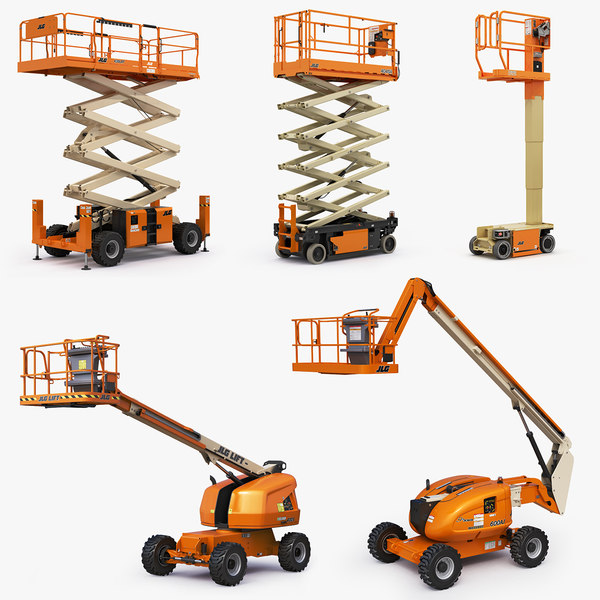A scissors lift is a machine that has a platform that is used to raise people or equipment on a high level to perform a certain task. Some of the activities that may make use of scissors lift are painting of the walls and the ceilings. They are very vital since they make work easier and efficient. When used appropriately they are very effective but the operators must have the required knowledge on how to go about it the following are the steps that should be taken when using the scissors lift.
- You should first begin by preparing the working area of the The Scissor Lift Academy . This is done by use of a red danger tape or a yellow caution tape depending on the situation. Yellow tape should be used in a case where the area is safe for anyone to enter when instructed to do so by the operator and a red danger tape comes in when there is a risk of something falling on people and therefore no one is allowed in the area at any time.
- Conduct pre-start preparation checks. This is checking to ensure there is no obstacle close to the platform.
- Disconnect the battery from the source of power after confirming that it is full.
- You can now the emergency stop button to start the lift. Then select the option ‘platform’ and enter the platform area.
- Put off the emergency stop control after climbing into the platform.
- Scissor lifts are designed with a high and low range which is used when traveling. The high range is usually used when the path is clear and the low range is used in more difficult areas.
- Proceed to shut down. This is done by bringing down the platform then switch on the stop button on both the base controller and the operator section. You can now turn off the base key and come out of the platform.
- Finally, tidy your equipment as you remove debris and the warning tape takes the lift for charging to make it ready for use when needed.
MEASURES TO BE TAKEN TO REDUCE RISK
- Thoroughly inspect Controls and components before use.
- Make sure you select working locations wisely to ensure that you are working on a firm and leveled surfaces that are far from hazards that can cause lift instability.
- Operate lifts when the weather is favorable e.g. Not in the rain, big winds, snow, etc.
- Ensure safety as you move the lift to and from. With the lift always lowered not unless the manufacturer’s safe practices allow it.
- Ensure the brakes are set and the lift is stable before raising it.
- Make sure that the lift is never overloaded.
